With more people aging out of the workforce than coming in, industries are adopting new strategies to address growing skills gaps. The aviation sector is no different. Last week, we sat down with aviation consultant Ed Glueckler to discuss workforce development in aviation maintenance. Read on for his thoughts on this industry’s labor force woes, and how technology can play a role in bridging the gap.
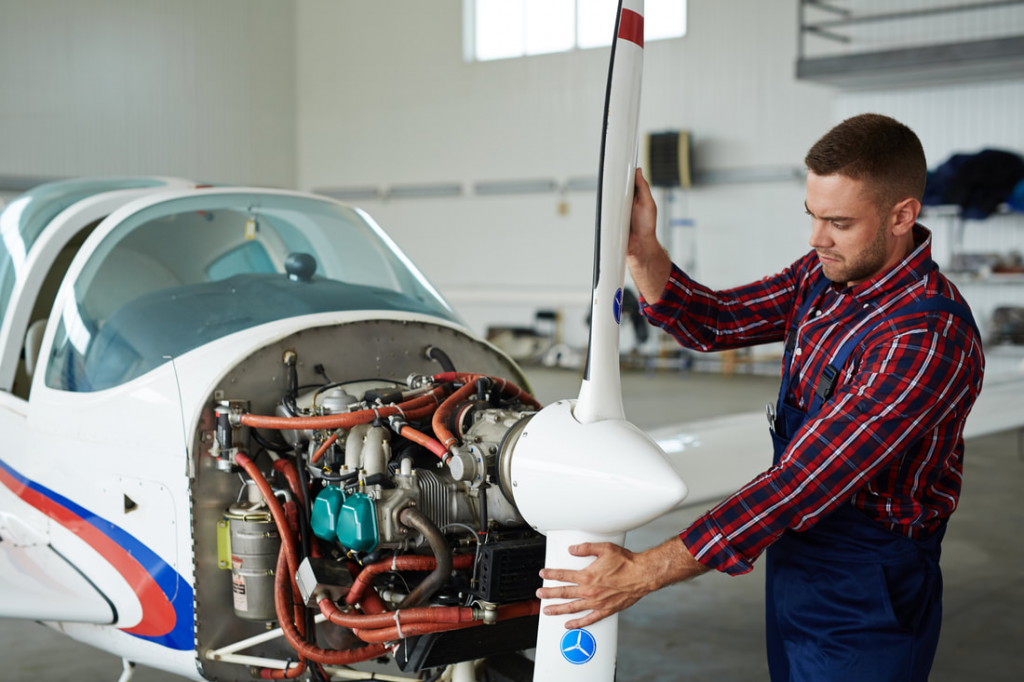
Manufacturers across the country are lamenting a growing skills gap in their industries. In your experience, is a skilled labor shortage also present in the aviation sector? If yes, what do you think contributed to it?
There are two immediate challenges facing the industry that I’ve observed. On one hand, so many seasoned aerospace maintenance technicians are retiring and there aren’t enough younger hires to replace them. Traditionally, the armed forces were principal sources for recruiting aviation technicians. As you can imagine, they gain skills that are easily transferrable to this type of work. Although service men and women typically have the hands-on experience working with the same advanced equipment they’d encounter in this industry, the transition isn’t always so simple. There are still regulatory and compliance tests they have to pass per FAA regulation. The extra regulatory hurdles can seem like a burden to those who wouldn’t have to incur these steps at another job.
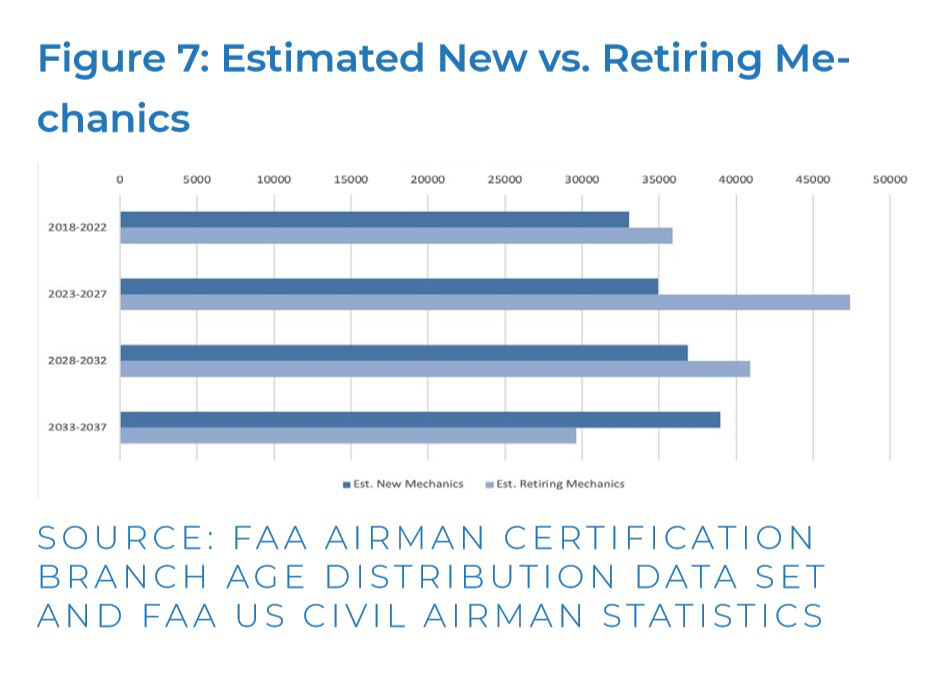
That brings me to my next point. Competing industries have been increasingly successful in recruiting people with the same technical skillsets that are key in aviation maintenance. Theme parks—Disney, for example—have complex hydraulic systems that require operators with skillsets quite similar to those expected of aviation maintenance technicians. An aviation tech may have to work strange hours on the tarmac in unpredictable or unfavorable weather. A place like Disneyland can offer you better hours, compensation, and benefits. Not to mention, it’s the Happiest Place on Earth. When you compare that and the day-to-day work demands at both places, it’s hard for aerospace firms to compete for top talent. The burden falls on the aviation industry to convince someone to choose that path over the more attractive one.
Where else do aviation maintenance firms look for talent?
Aside from the armed forces, these firms primarily look for talent at aviation maintenance vocational schools, but there have been efforts to modernize recruitment. Last year, an aviation workforce development bill was introduced to congress. Proponents of this legislation want to encourage lawmakers to allocate resources for more vocational programs. The bill would also set aside funds for grants, scholarships, and financial assistance for those wanting to learn trade. If passed, it would dramatically contribute to creating a skilled workforce that can support the increasing demand for aerospace technicians.
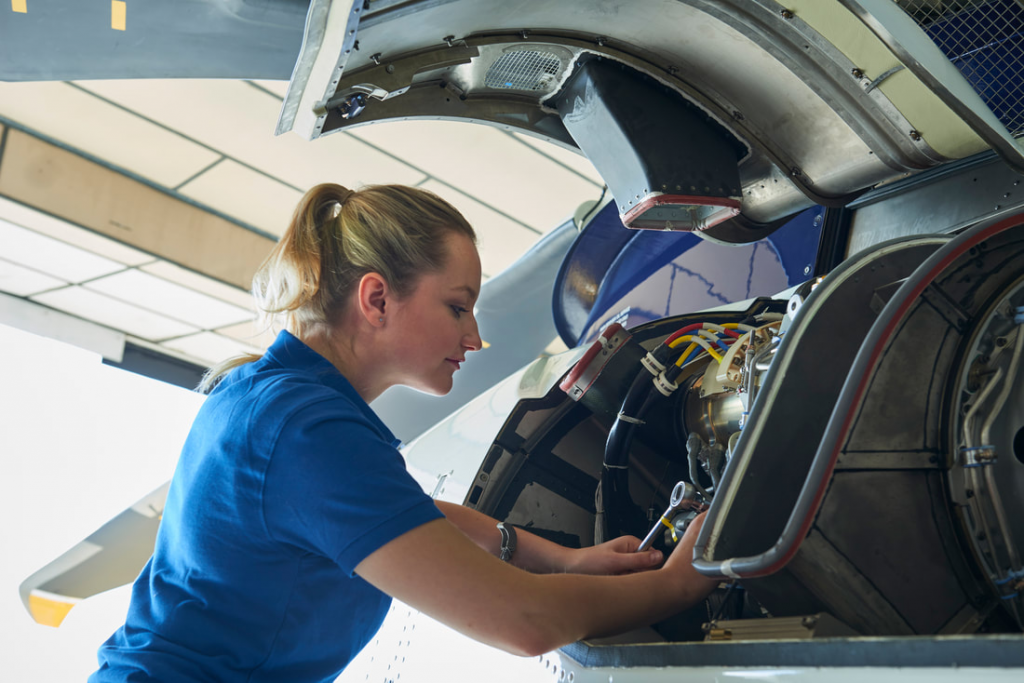
American Airlines (AA) recently came under fire due to a report from the FAA. Whistleblowers from AA’s aviation maintenance teams at O’Hare International Airport allege that they were encouraged by superiors to “not record discrepancies, take short cuts… or improperly sign off on work which was not actually completed.” As of last year, O’Hare surpassed Hartsfield-Jackson in Atlanta to become the busiest airport in America. Do you think that a lack of trained workers, paired with pressure to service an increased number of planes, contributed to decisions to cut corners?
I would say this was unfortunately the work of a few bad apples. My experience with aviation maintenance technicians has led me to characterize them as dedicated, hardworking, and understanding of the importance of their duties. What I can say is that there may sometimes be a difference in the work style of seasoned technicians versus newer hires. Someone who has been working with this equipment for 10-15 years will likely develop an innate sense of it. As a result, they may be able to complete a process in a shorter amount of time than a newer person—perhaps even shorter than time allocated per regulations. Still, I highly doubt the instances you mentioned are due to some encouraging others to cut corners.
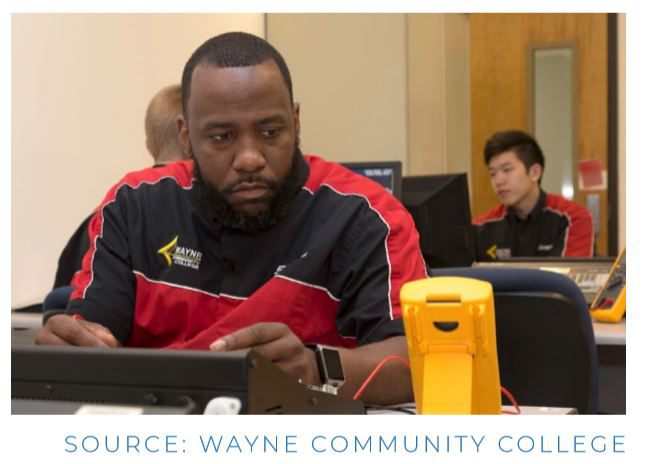
While researching workforce development innovations in manufacturing, I discovered Westminster Tools and Wilbert Plastics, two firms experimenting with cloud technology in employee training. Both companies say that as a result, they’ve been able to minimize skills gaps, cultivate their own workforces, and improve culture at their sites. Could cloud technology be a viable option for aviation firms looking to modernize training?
Absolutely. In the 80s and 90s, if you were working on a piece of equipment, you relied on a paper manual. If you tried a process and got an error code, you’d have to flip through pages and pages to find the code and rectify the issue. Thankfully, over the years the technology has improved and we’re able to extract exactly the information needed in a shorter amount of time. The industry has been able to modernize and compile mass amounts of information on digital systems. These days, if you try something and get an error code, you can rely on an iPad, for instance, that can give you the information you need in seconds.
Technology has been extremely helpful in training as well. You can log hours completing technical training via digital simulations. The idea now is that the first time you touch an engine or a piece of equipment, you already have some familiarity with it, thanks to the technology you used in training.
What do you see as the top innovations that will impact the aviation industry in 2019? How might these affect the workforce?
The use of augmented reality and virtual reality software has been especially helpful in training as well. As I alluded to earlier, technicians-in-training use applications to virtually complete maintenance tasks and gain experience with equipment before even physically touching it. Developments in this arena have made a huge impact.
At the same time, the technological innovations worth mentioning in this sector go beyond those limited to training. Thanks to advanced engineering, we’re also seeing new aircraft that requires fewer service appointments. Similar to the way that cars can indicate to owners which parts might need immediate attention, more planes are being developed with intelligent maintenance information systems.
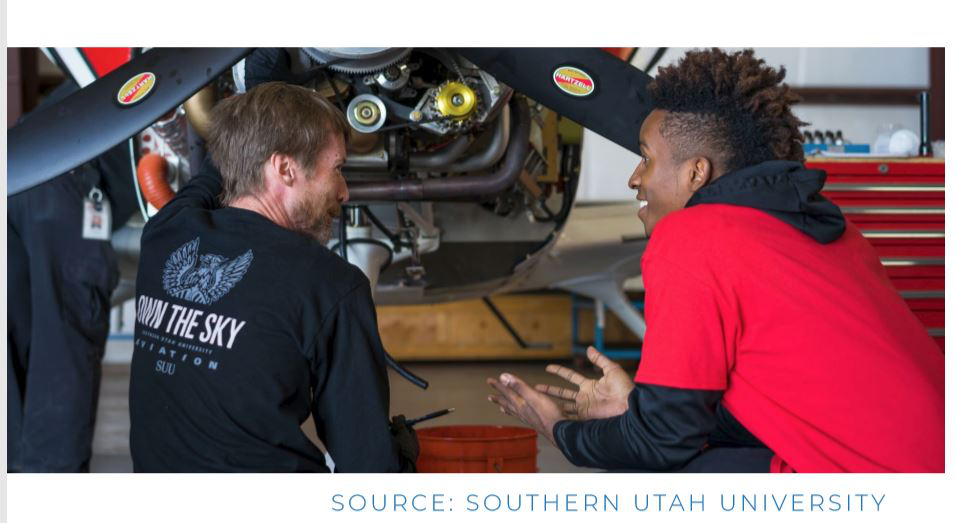
Another trend I’ve noticed is that some of the technical maintenance work in this industry is now being outsourced. Whereas Delta or United may have previously done work on a specific part of a plane in house, they might now employ a smaller firm that specializes in that kind of maintenance. An increase in 3rd party providers in the market can in turn grow the industry by creating job opportunities.
All in all, improved technology and increased access to it via training has already set things off to a great start. This is a high-paying industry that’s quietly expanding, though at an increasing rate. To support demand, we’ll need to keep enhancing tech and keep developing initiatives that will create more skilled aviation maintenance technicians.
Upcoming events you may be interested in attending:
Feb. 19: Harnessing the Dragon: Latest Developments Regarding Arbitration in Hong Kong and Mainland China. Webinar, sponsored by Winston & Strawn, will explore the latest developments regarding arbitration in Hong Kong and in Mainland China, including a case handed down by the Court of Final Appeal and a decision of the Indian Court dealing with the split of the China International Economic and Trade Arbitration Commission, which may have an impact on the enforcement of CIETAC arbitral awards in other jurisdictions. 11:00am –12:00pm CST. No charge; advance registration required.
Feb. 21: Beauty and Cosmetics Opportunities in India. Webinar, sponsored by the U.S. Commercial Service, will describe the growing opportunities for beauty and cosmetics products in India and how U.S. companies can effectively enter the market. 9:30am CST. No charge; advance registration required.
Use this FREE self-assessment to check if your company has everything it needs to go global.
Learn more about how we can make your
market development a success, in the U.S. or in another country.